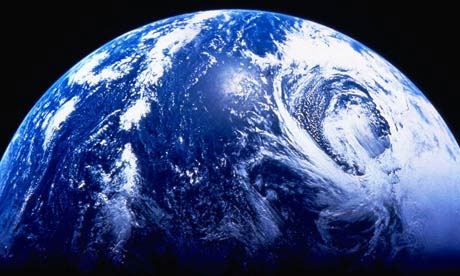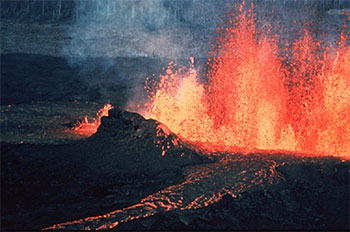


There are many theories about how life started on planet Earth. Early Earth was an explosive place for millions of years. Volcanoes erupted constantly, releasing heat and gases into the atmosphere, and asteroids regularly hit the surface. Eventually, the water vapor released by the volcanoes condensed into rain, allowing the Earth to cool. The elements and atmosphere found on early Earth made it uninhabitable for life. Gases like water vapor, hydrogen, nitrogen, methane, ammonia, and carbon dioxide filled the atmosphere. There was no oxygen available to support life. So how did we get to the planet Earth we see today?
No one is certain how life evolved on this planet. However, experiments have been conducted to simulate how simple organic molecules, such as amino acids, could have been created on early Earth. These simulations have led to theories about how life evolved on this planet. In the 1950s, American chemists Stanley Miller and Harold Urey set out to prove that organic molecules could be formed from matter and conditions present millions of years ago.
![]() Watch this video about their experiment.
Watch this video about their experiment.
Source: SAT2 Biology Miller-Urey Experiment, Olympiad EDU, You Tube
Sources of images used for this section as they appear, top to bottom: